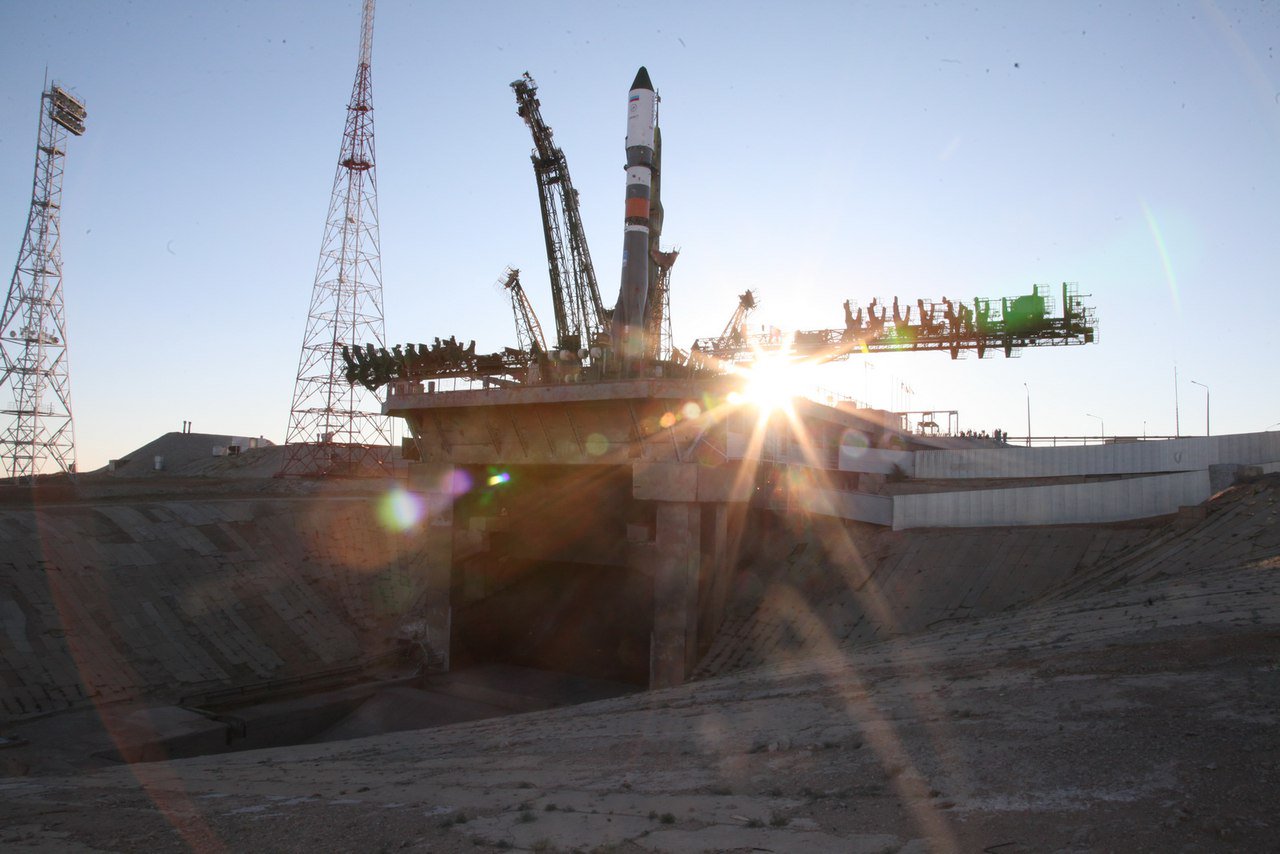The International Space Station constantly requires resupply, whether it be provisions for the astronauts, scientific experiments they must conduct, or spare parts to repair faulty elements of this gigantic laboratory. In less than two weeks, the station received two new cargo shipments, totaling no less than 5.5 tons of payload. These two cargos were the SpaceX Dragon CRS-15 and the Roscosmos Progress MS09. The first launched on June 29 at 11:42 CEST and docked with the station a little over three days later, while the second left Earth on July 10 at 23:51 CEST before joining the ISS in just three hours and forty minutes!
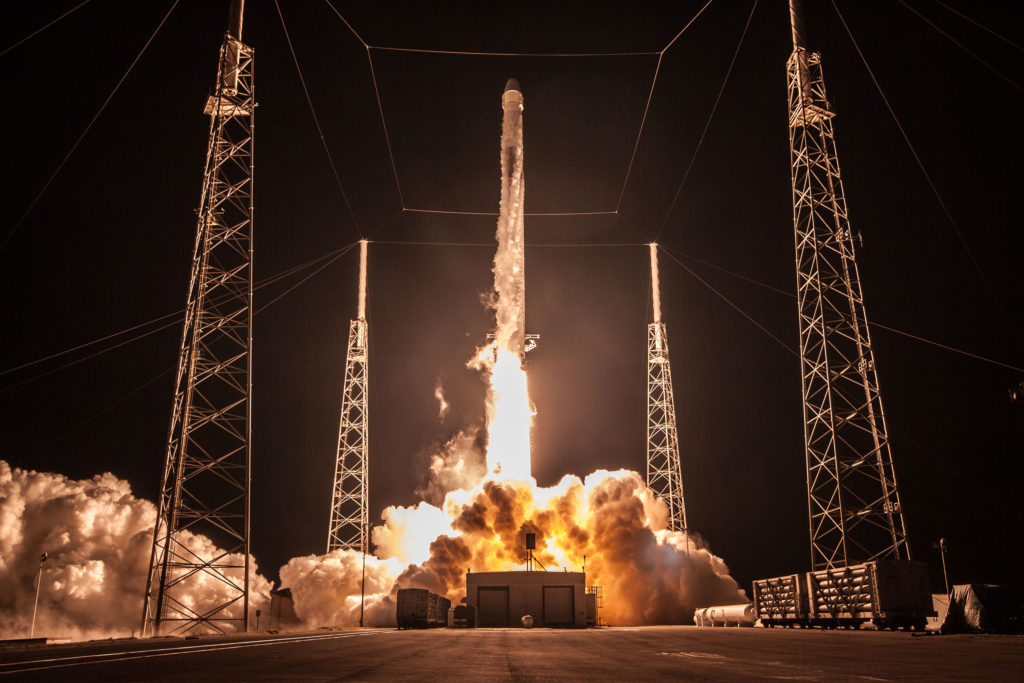
CRS-15
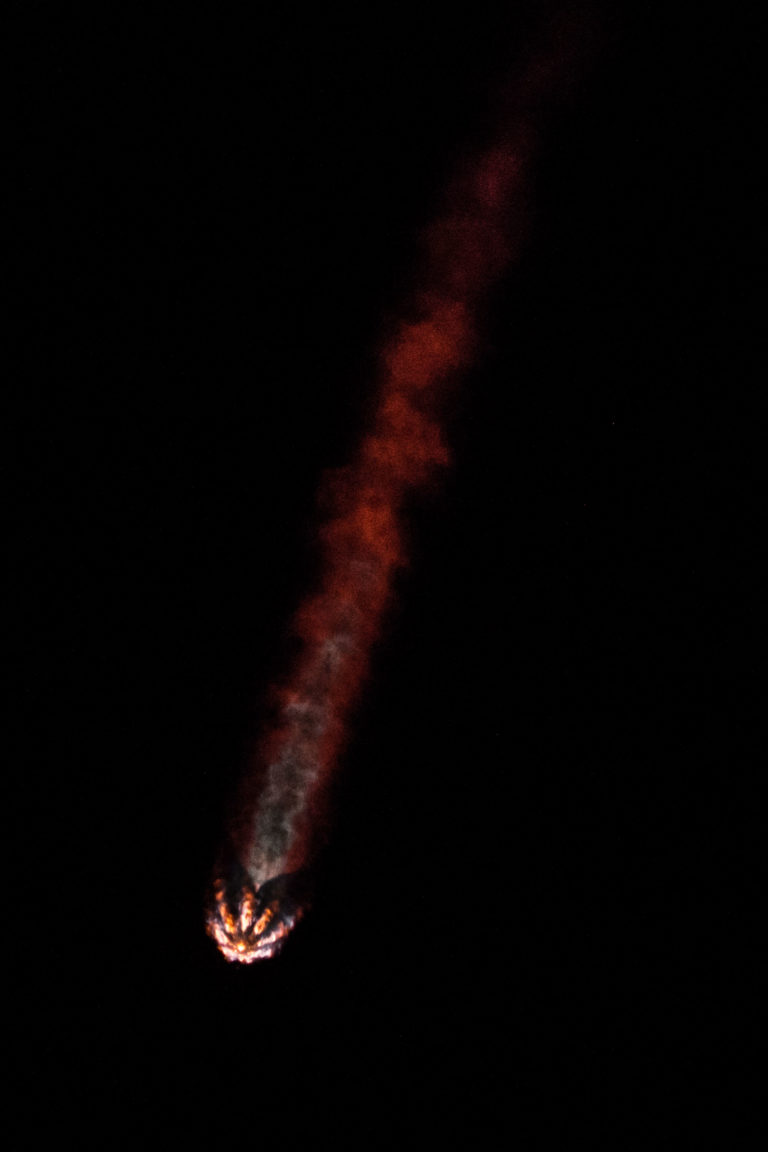
The CRS-15 mission, as its name suggests, is SpaceX’s fifteenth resupply mission to the ISS. It launched from Cape Canaveral and the SLC-40 launch pad. The existing contract between Elon Musk’s private company and NASA was initially intended to end with CRS-12, but it was extended to include up to CRS-15 in early 2015 and even up to CRS-20 in February 2016. However, SpaceX stopped the production of its Dragon capsules with CRS-12. How to continue resupplying the ISS without manufacturing new cargo spacecraft? The solution is simple: reuse the old ones! Thus, the cargo used for CRS-15 had already flown on CRS-9 two years ago. Only two parts had to be entirely rebuilt: the aerodynamic nose that protects the docking port at launch, and the “trunk,” a sort of large hold where the station’s larger equipment is placed and which also houses the Dragon’s solar panels. This “trunk” is jettisoned before atmospheric re-entry as it would hide the heat shield.
CRS-15 delivered to the station no less than 2,697 kg of materials including:
- 205 kg of food
- 1,233 kg of scientific materials
- 63 kg of equipment for EVAs (Extravehicular Activities)
- 178 kg of onboard electronics
- 21 kg of resources for the station’s computers
- 12 kg of materials for the Russian segment
- 985 kg of unpressurized payload (in the “trunk”) including ECOSTRESS (550 kg) and a new LEE (Latching End Effector) (435 kg).
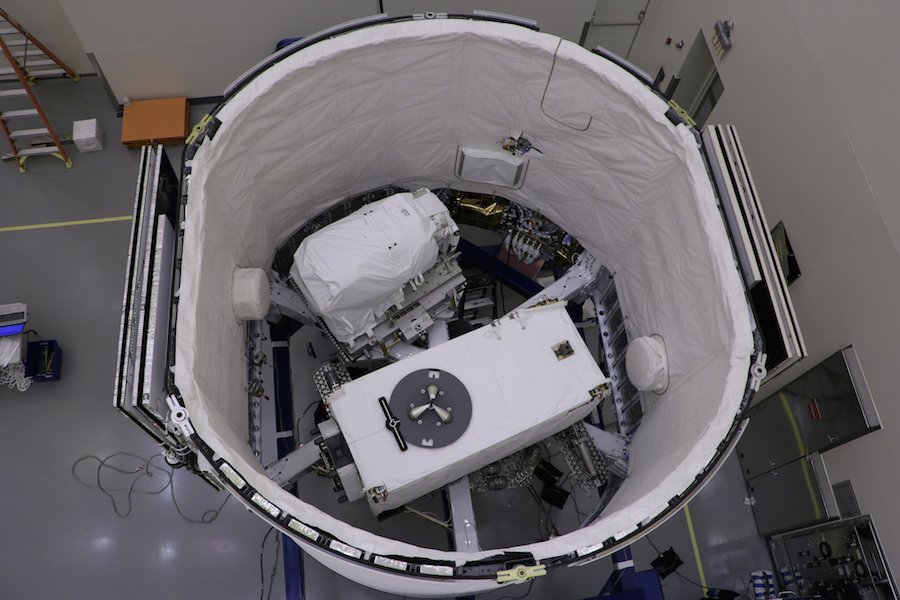
The unpressurized cargo includes the Latching End Effector (LEE), which is one of the two “heads” of the Canadarm2 robotic arm. This component enables the arm to grasp cargo vehicles like the Dragon or Cygnus to dock them to the ISS. The same part of Canadarm2 allows it to move across the station by attaching to one of the many points outside the ISS before releasing its previous attachment point, where another LEE is located. Recent Extravehicular Activities (EVAs) at the station have focused significantly on these components, replacing old ones with new. Thus, Canadarm2 was equipped with the latest technology, but no spare parts were available for the LEE. This part is arguably one of the most critical on the station because if one of the two fails in orbit, only the Russian Progress cargo spacecraft could resupply the station, as it is the only one capable of docking without a robotic arm. However, the Progress cannot carry a new spare LEE. Only the Dragon has enough space to bring one into orbit. Therefore, it was crucial for engineers to bring this new LEE as quickly as possible to replace the existing ones in case of failure.
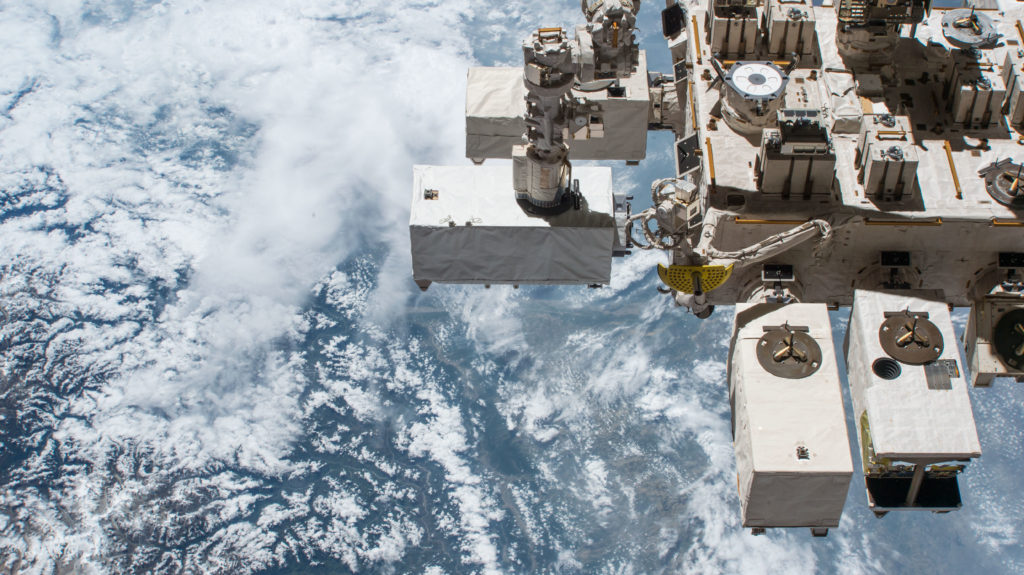
The second unpressurized payload is the scientific experiment ECOSTRESS, which will be mounted on Site 10 of the Japanese Kibo laboratory’s Exposed Facility. This location in the vacuum of space is one of the three most utilized spots for placing experiments (the other two being the truss and the external right side of the Columbus laboratory). ECOSTRESS was developed by NASA’s Jet Propulsion Laboratory (JPL) to map the Earth in infrared wavelengths. The PHyTIR (Prototype HyspIRI Thermal Infrared Radiometer) instrument will take these images. It has a resolution of 38m along the station’s direction of travel and 69m at 90 degrees to this direction. The minimum resolution required for these types of experiments is 100m. This camera, developed by the Earth Science Technology Office (ESTO) during the instrument incubation program, can also detect temperature variations of less than 0.1K, while the minimum required is 0.3K. With this instrumentation and mapping capability, farmers worldwide will be able to determine which parts of their fields are under-irrigated by detecting the hotter areas. This allows water to be used more efficiently, avoiding significant waste (agriculture is the world’s primary water user, accounting for 70%).
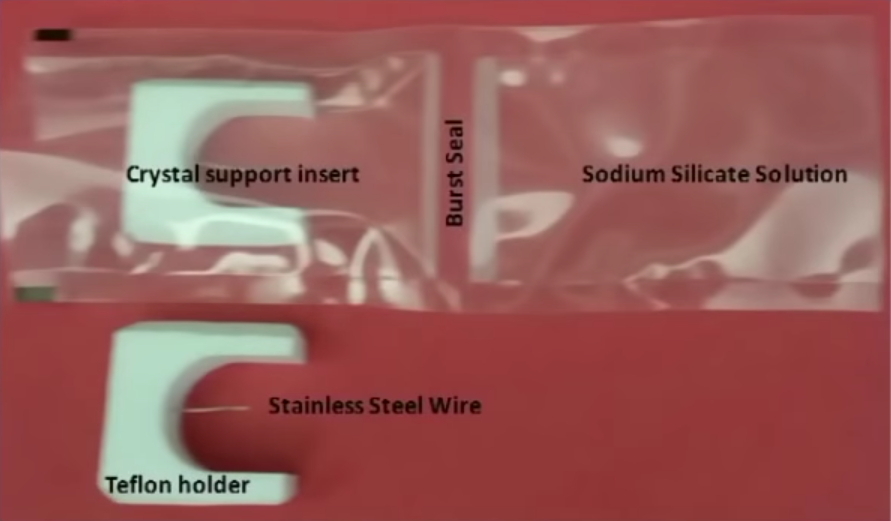
Among the numerous experiments aboard the Dragon CRS-15 cargo is the Barrios PCG. Developed by Barrios Technology, its goal is to study the organic growth of crystals. This experiment will be conducted within the glovebox of the Destiny laboratory, where astronauts will add sodium silicate solution by rolling the bag, facilitating the formation of crystals on a steel wire. By examining the results, future iterations of the experiment can be optimized to study protein formation in our bodies and the functioning of certain medications. This research could lead to a deeper understanding of biological processes and pharmaceuticals, potentially improving medical treatments and drug efficacy.
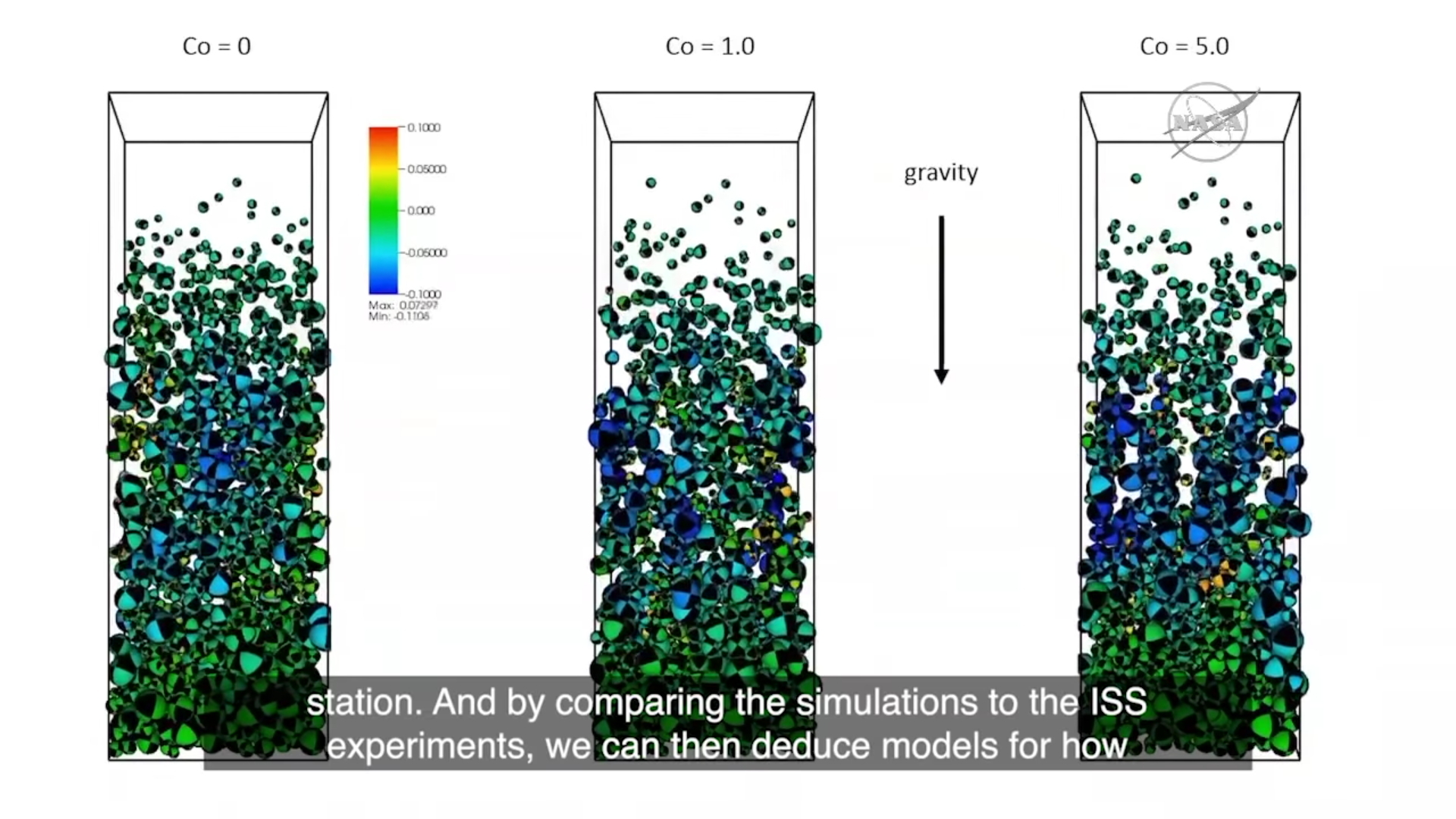
The BCAT-CS experiment aims to study an interaction known as “cohesive force” in sediments. This force plays a significant role in how sediments are transported in the environment and in mechanical systems, but its weakness makes it very difficult to study on Earth because gravity often overwhelms it. Understanding this force could improve our grasp of how contaminants and pollutants are transported. Thus, the objective of BCAT-CS is to conduct various experiments based on this cohesive force to compare the actual results with digital simulations conducted on Earth. Once the mathematical model is established, it will be much easier to study all phenomena related to this interaction, potentially leading to advancements in environmental science and engineering, particularly in areas related to pollution control and sediment management.
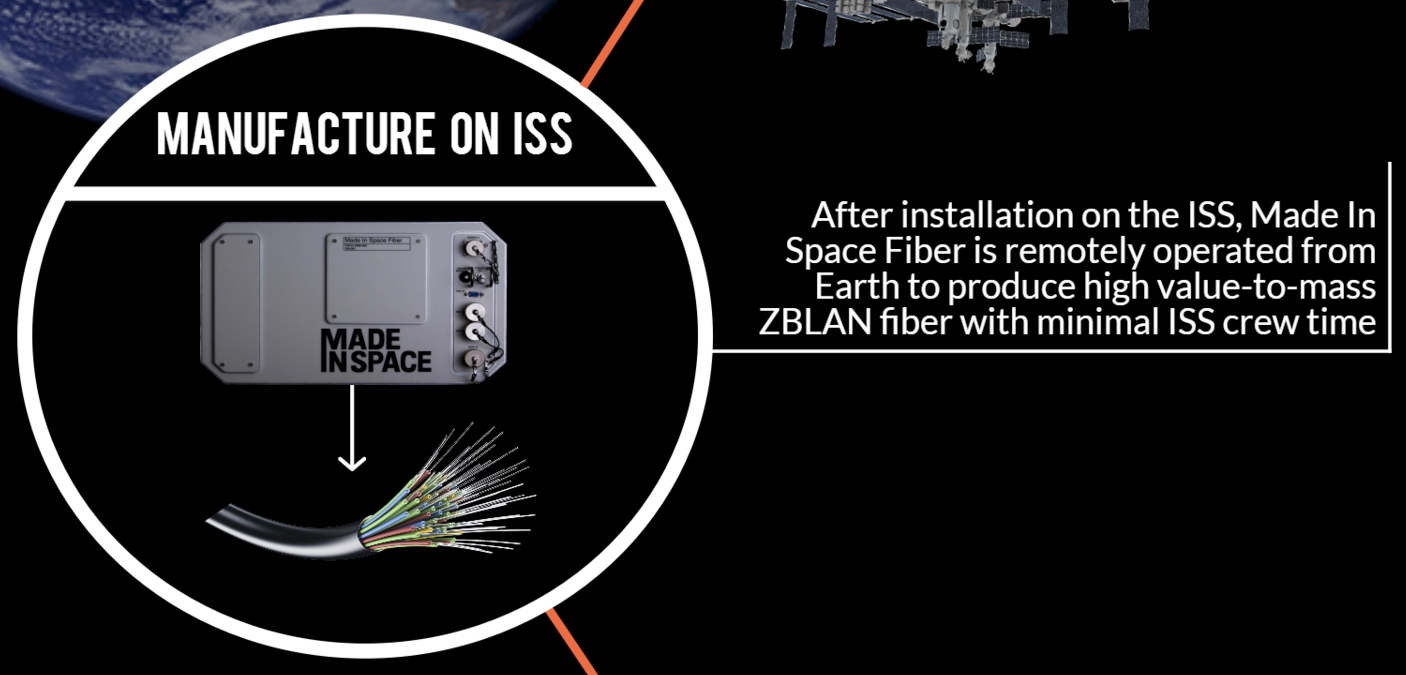
The Made In Space Fiber Optics-3 experiment aims to study the best way to manufacture fiber optics in space. It has been proven that manufacturing fiber optics in space can significantly reduce impurities, resulting in a much higher quality fiber. The ZBLAN optical fiber, in particular, could far surpass those manufactured on Earth in terms of quality. Made In Space hopes to send its optical fiber manufacturing facility to the ISS in the near future. However, before this happens, engineers seek to optimize their results further, hence this third iteration of their experiment. This endeavor underscores the potential for space-based manufacturing to revolutionize industries by leveraging the unique conditions of the space environment to produce superior materials.
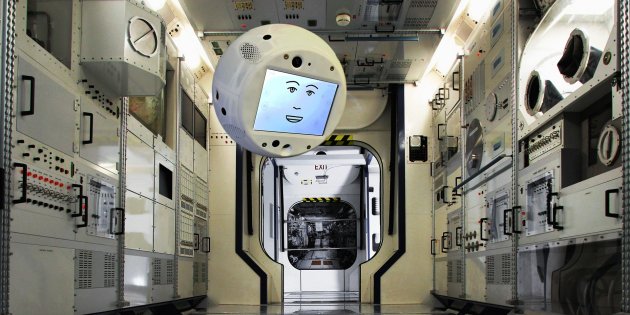
There are still many experiments, the descriptions of which can be found at the following address: https://www.iss-casis.org/press-releases/spacex-crs-15-mission-overview/ but now it’s time to talk about the robot CIMON.
CIMON (Crew Interactive MObile companioN) is the first autonomous flying astronaut assistant equipped with artificial intelligence. Developed by the German Aerospace Center (DLR), CIMON is set to be installed in the Columbus laboratory and will be used by an astronaut of the same nationality during his six-month stay and the “Horizons” mission. With a diameter of 32cm and a weight of 5kg, CIMON is capable of moving anywhere in the station thanks to several small fans. It can see, hear, understand, and speak with the astronauts to give them instructions for certain experiments when the control center is not available, for example.
On March 9, 2018, the first microgravity test of CIMON was conducted during the 31st German ZeroG flight campaign in Bordeaux. This test confirmed that all control elements would function correctly on the station. Now that it has arrived on the ISS, CIMON will undergo a series of integrity checks before assisting Alexander Gerst in his work. The planned experiments include the previously mentioned crystal growth, solving a Rubik’s Cube, and a medical experiment where the flying assistant will serve as a camera.
If this prototype is successful, it will be incredibly useful for astronauts on the ISS and, more importantly, for missions in deep space, such as Mars, where communications with Earth will be delayed. Having access to a whole protocol directly via a robotic assistant will make operations simpler and more convenient.
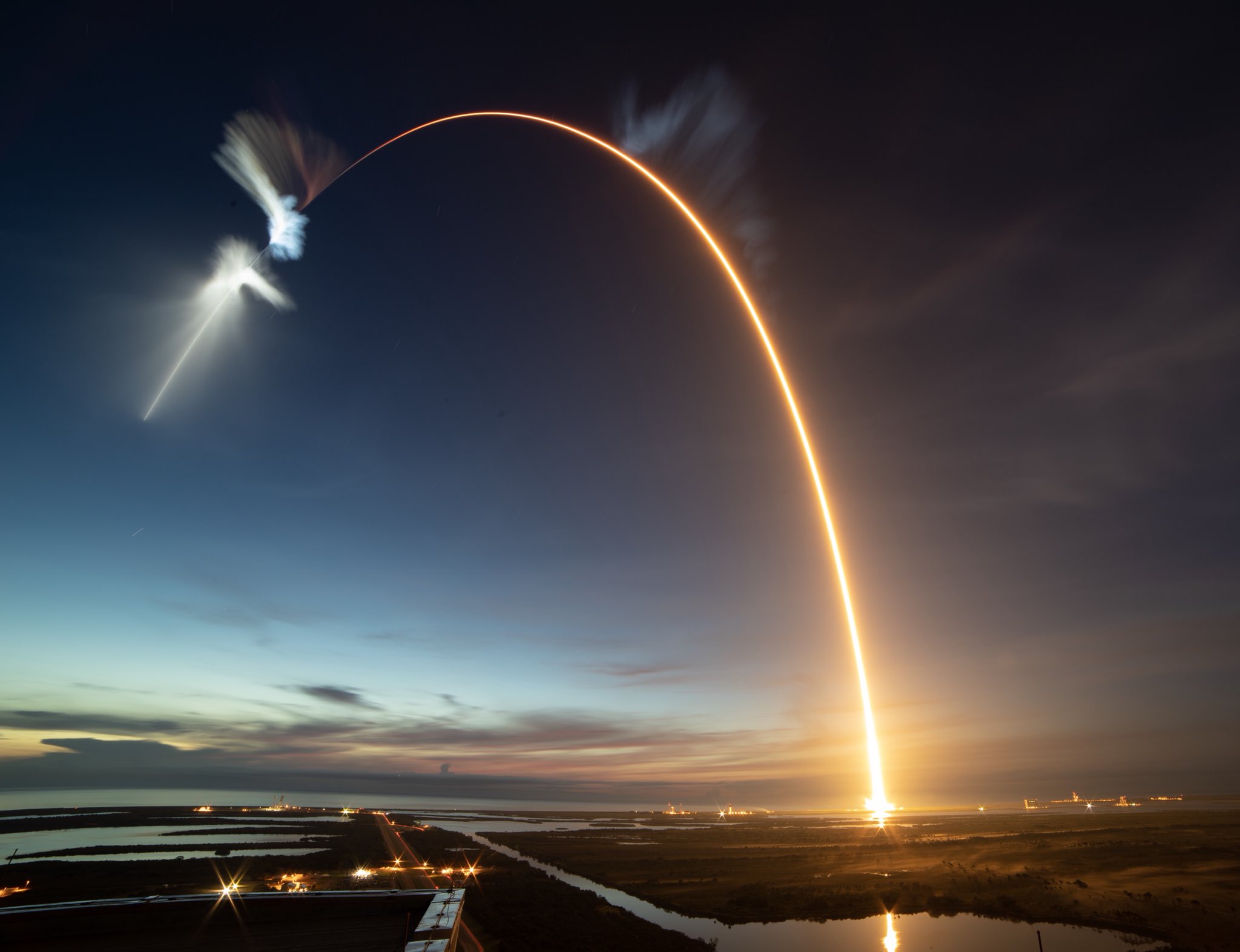
The CRS-15 flight utilized not only a reused cargo spacecraft but also a reused first stage. The Falcon 9 booster had previously flown during the TESS launch and was the last Block 4 to carry an object into orbit. This flight also marked the fastest turnaround for a booster reuse, with just 2 months and 11 days between the two launches. Like all previous flights of boosters that had already completed a mission, the first stage of CRS-15 was not recovered and likely tested an atypical re-entry profile to ensure a 100% success rate for the Block 5, which is expected to fly 10 times without major repair and up to 100 times with more significant overhauls every 10 flights. This final flight thus marks the end of Block 4, an iteration of the Falcon 9 that experienced no failures!
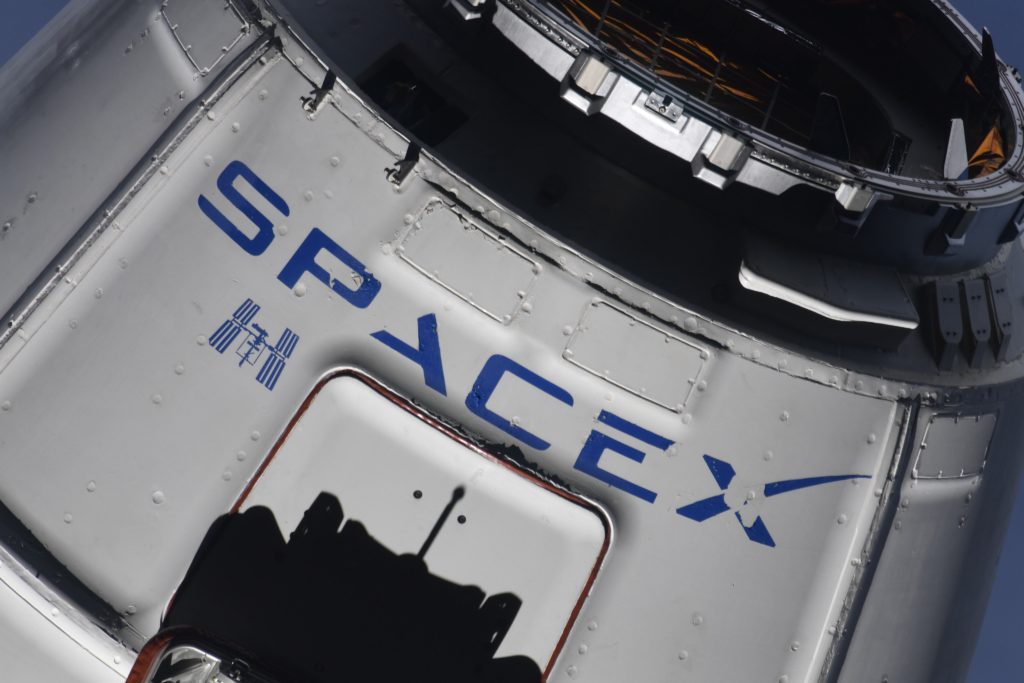
After three days in orbit, the Dragon CRS-15 approached the station. Once within 10m, ISS astronauts commanded the Canadarm2 to capture the cargo spacecraft. A brief wait occurred because it was too dark, and the image obtained by the astronauts from the camera on the arm had too much digital noise due to the low light conditions. Once the robotic arm and the cargo were connected, ground technicians took over to dock CRS-15 to the nadir port (Earth-facing side) of the Harmony module on July 2 at 15:50 CEST. Here is a magnificent video of this final phase of the cargo’s journey: https://www.twitter.com/astro_ricky/status/1014981035887558656?s=19.
Progress MS09
One week after the docking of CRS-15, the Russian cargo spacecraft Progress MS09 launched from Baikonur. Unlike the Dragon, this vessel primarily brought food and consumables:
- 705kg of fuel
- 50kg of oxygen and air
- 420kg of water
- Food
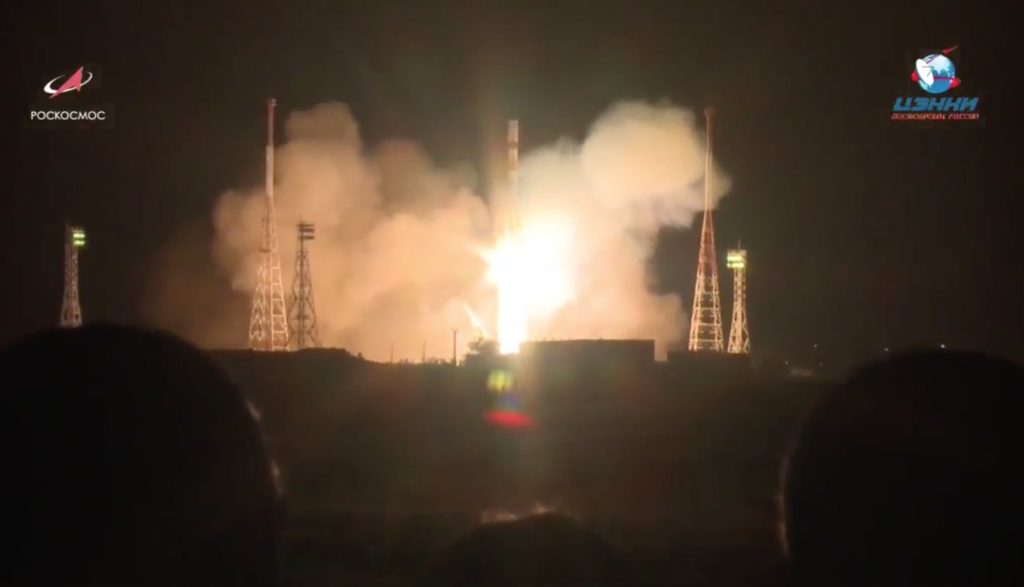
This mission is particularly significant for the Russian space agency. Firstly, it represents the shortest journey to the ISS ever achieved. Indeed, from launch to docking, it took only 3 hours and 40 minutes over two orbits! This very short resupply time can prove to be practical but requires extraordinary precision. Indeed, a few weeks before the launch, the station had slightly modified its orbit to enable this rapid rendezvous. The Soyuz 2.1a rocket was responsible for placing Progress in orbit. This journey has become the third fastest docking in history. The fastest is the Cosmos 186/188 experiment in 1967 with a time from launch to docking of 1 hour and 8 minutes, and the second is the Gemini 11 mission and its docking with the Agena target.
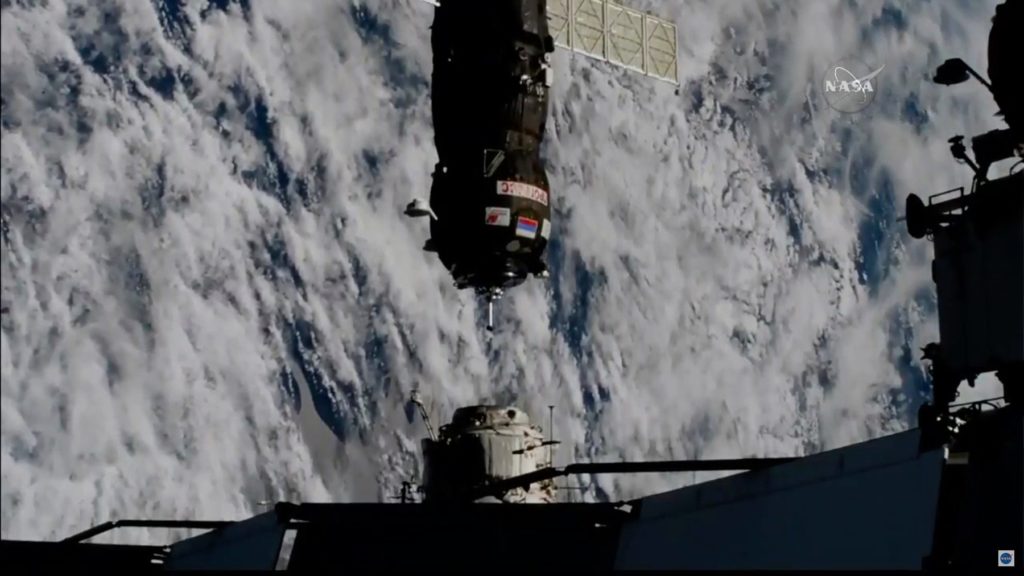
The second point that makes this mission critical for Russia is the moment of its undocking. Indeed, Progress MS09 docked at the Pirs port, located on the nadir side of the station. Upon departure, it wasn’t Progress that separated from Pirs, but rather Pirs itself that detached from the Zvezda module. That’s right! Pirs was removed from the station and burned up in the atmosphere along with Progress MS09. The Russian space agency decided to remove this module to prepare for the arrival of the future Nauka laboratory, which should have launched several years ago but is now scheduled for next year.
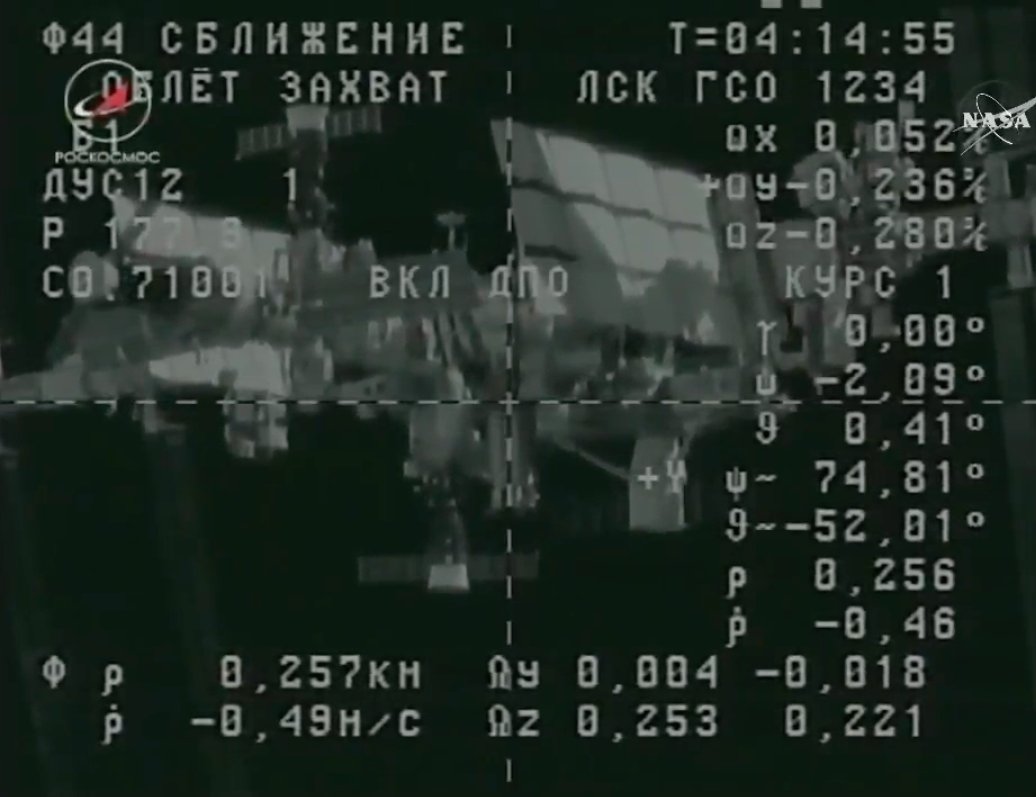
The launch proceeded smoothly, bringing the total number of orbital launches in 2018 to 57 (58 at the time this article was published, following the launch of the Chinese Long March 3A rocket).
